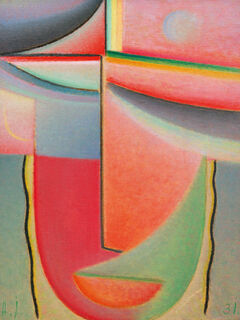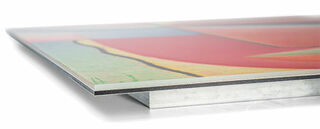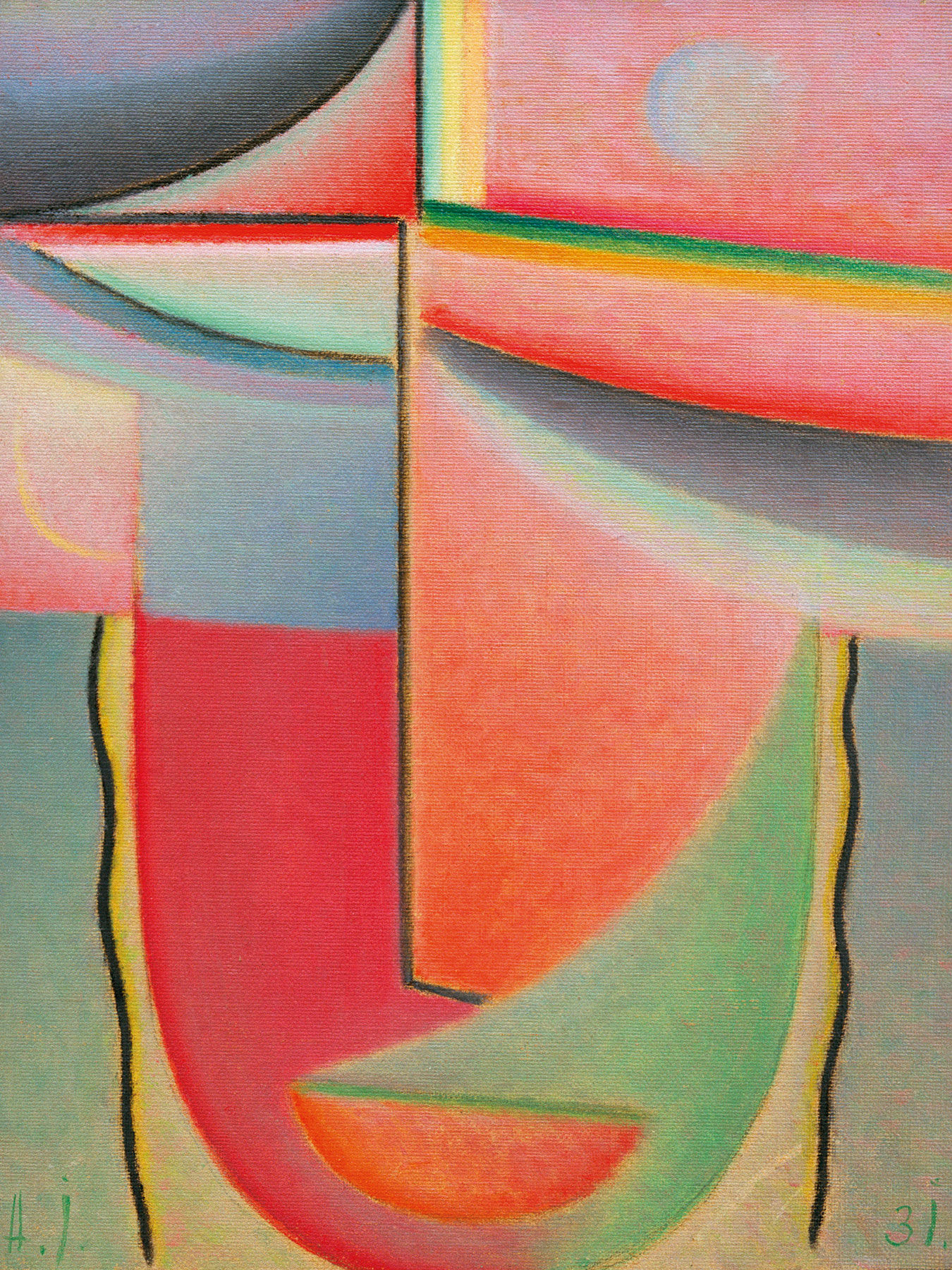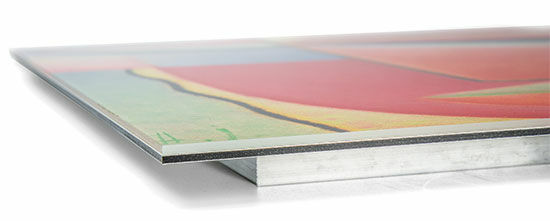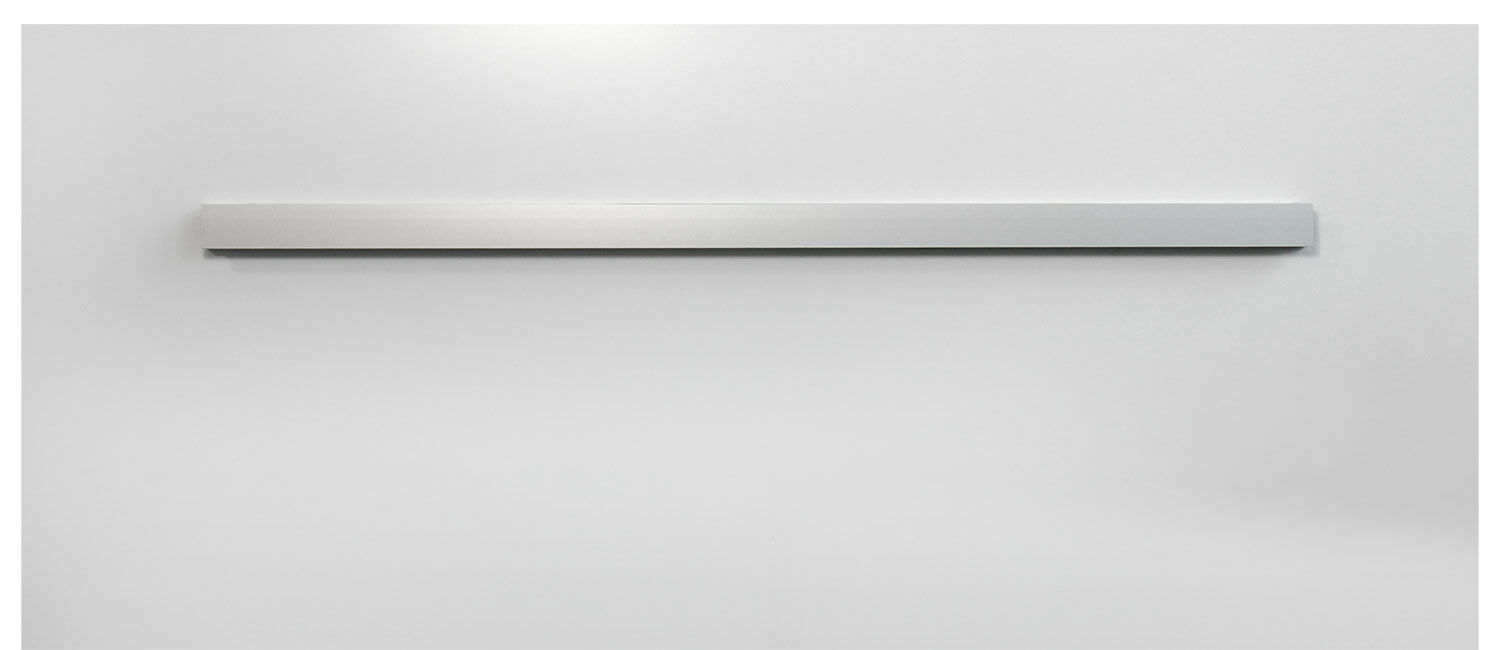Picture "Abstract Head" (c. 1920)


Picture "Abstract Head" (c. 1920)
Quick info
reproduction on Alu-Dibond behind acrylic glass | size 60 x 45 cm (h/w) | suspension device
Detailed description
Picture "Abstract Head" (c. 1920)
The human countenance in many variations - mostly with strong, even luminous colours - had been a focus of his work. With the abstract or "saintly" heads, he became more restrained in terms of colour and reduced the subject of the portrait to the face itself. They seem de-individualised without losing expressiveness. In progressive abstraction, they lead to an iconic form, which in the sequence seems like a search for an unattainable divine archetype.
Original: Oil on cardboard, on permanent loan from the Baumgart-Möller Collection, E.-L. Kirchner Foundation, Davos, Kirchner Museum.
Reproduction on Alu-Dibond behind 3 mm thick acrylic glass. Size 60 x 45 cm (h/w). Suspension device is included. Due to the smooth surface, mirror effects may occur depending on the incidence of light.
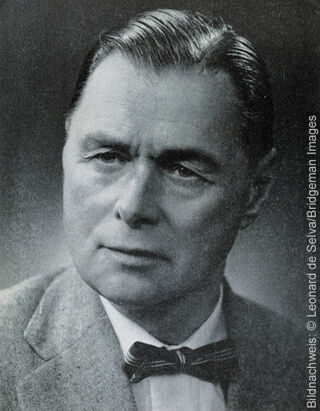
About Alexej von Jawlensky
1864-1941, German-Russian painter
It was not until 1889 that the former Russian Imperial Guard Alexej von Jawlensky in the Tsarist army began his artistic training. In 1896, he moved to Munich to attend a private art school where he met Wassily Kandinsky. In Murnau Jawlensky first worked together with Kandinsky and Gabriele Münter. And together they founded the Artist's Association "Neue Künstlervereinigung München". In addition, Jawlensky was a key member of the "Blauer Reiter" movement. He later co-founded the group "The Blue Four" with Klee, Kandinsky and Feininger.
Expelled from Germany as a Russian citizen in 1914, during the beginning of World War l, the artist settled in Switzerland and later in Wiesbaden, Germany. During this time he created his famous abstract heads. Jawlensky died of a serious illness in 1941.
"My art is meditation or prayer in colours", Jawlensky once said, and indeed his work is characterised by great religiousness. This is particularly noticeable in the series of works of the Saviour’s faces and the abstract heads, which Jawlensky summarises in his memoirs as "saints' heads". The influence of orthodox iconography is unmistakable, and they were already understood as a modern version of the icon by contemporary artist colleagues. The human face in many variations – mostly in strong, even bright colours – had already been a focus of his work before. With the saints' heads, he became more restrained in colour and reduced the subject of the portrait to the face itself. They seem de-individualised without losing expressiveness. A progressive abstraction, lead to an iconic form, which in the sequence seem like a search for an unattainable divine archetype.
Influenced by Fauvism, Alexej von Jawlensky painted with bright colours, fierce brushwork and dark outlines. His works are among the most sought-after works of classical modernism and can be found in the world's great museums.
Term for paintings and sculptures that are detached from the representational depiction, which spread throughout the entire western and parts of the eastern world from around 1910 onwards in ever new stylistic variations. The Russian painter Wassily Kandinsky, born in 1866, is considered the founder of abstract art. Other important artists of abstract art are K.S. Malewitsch, Piet Mondrian, and others.
This form of presentation comes from the world of professional photographers and exhibition organizers. More and more artists create their works for this aluminium medium in high-tech composite. The metallic surface creates a synthesis with the colours. White areas of the image are shimmering matt-metallic, depending on the light source. They let the picture look classy and puristic. Thanks to the direct colour pigmentation the details are rendered accurately. Alu-Dibond is long-lasting and resistant.
Artistic movement that replaced Impressionism in the early 20th century.
Expressionism is the German form of the art revolution in painting, graphic art and sculpture, which found its precursor in the works of Paul Cézanne, Vincent van Gogh and Paul Gauguin in the late 19th century. The Expressionists attempted to advance to the primal elements of painting. With vibrant, unbroken colours in large areas and with the emphasis on the line and the resulting targeted suggestive expressiveness, they fought against the artistic taste established by the bourgeoisie.
The most important representatives of Expressionism were the founders of "Die Brücke" (The Bridge): Ernst Ludwig Kirchner, Erich Heckel, Karl Schmidt-Rottluff, Max Pechstein, Otto Mueller and Franz Marc, August Macke and others.
Masters of Viennese Expressionism are Egon Schiele and Oskar Kokoschka. Among the sculptors, Ernst Barlach is the most famous.
Fauvism is the French form of Expressionism.

